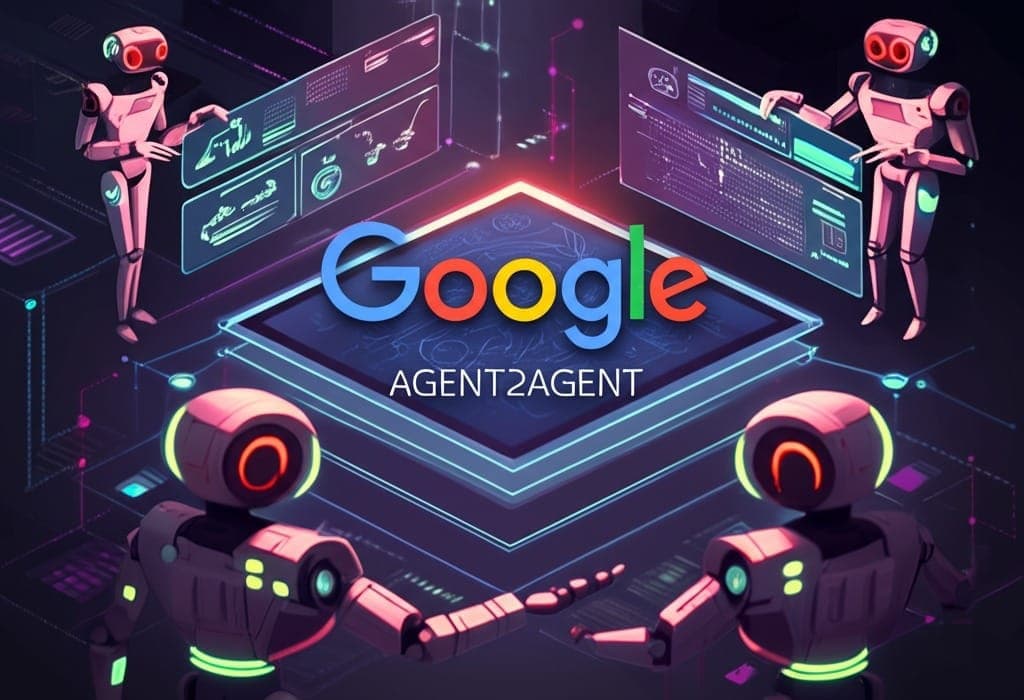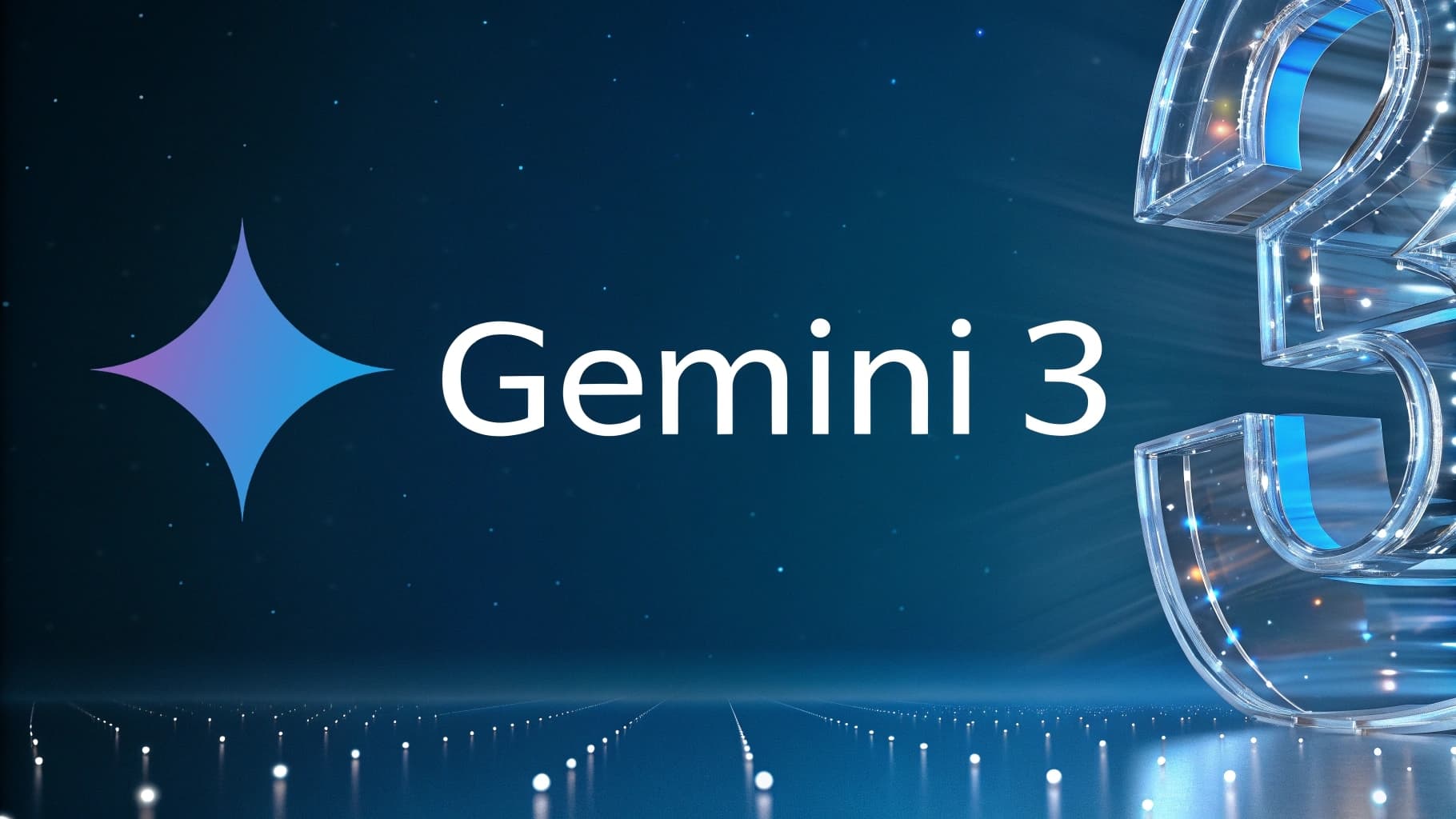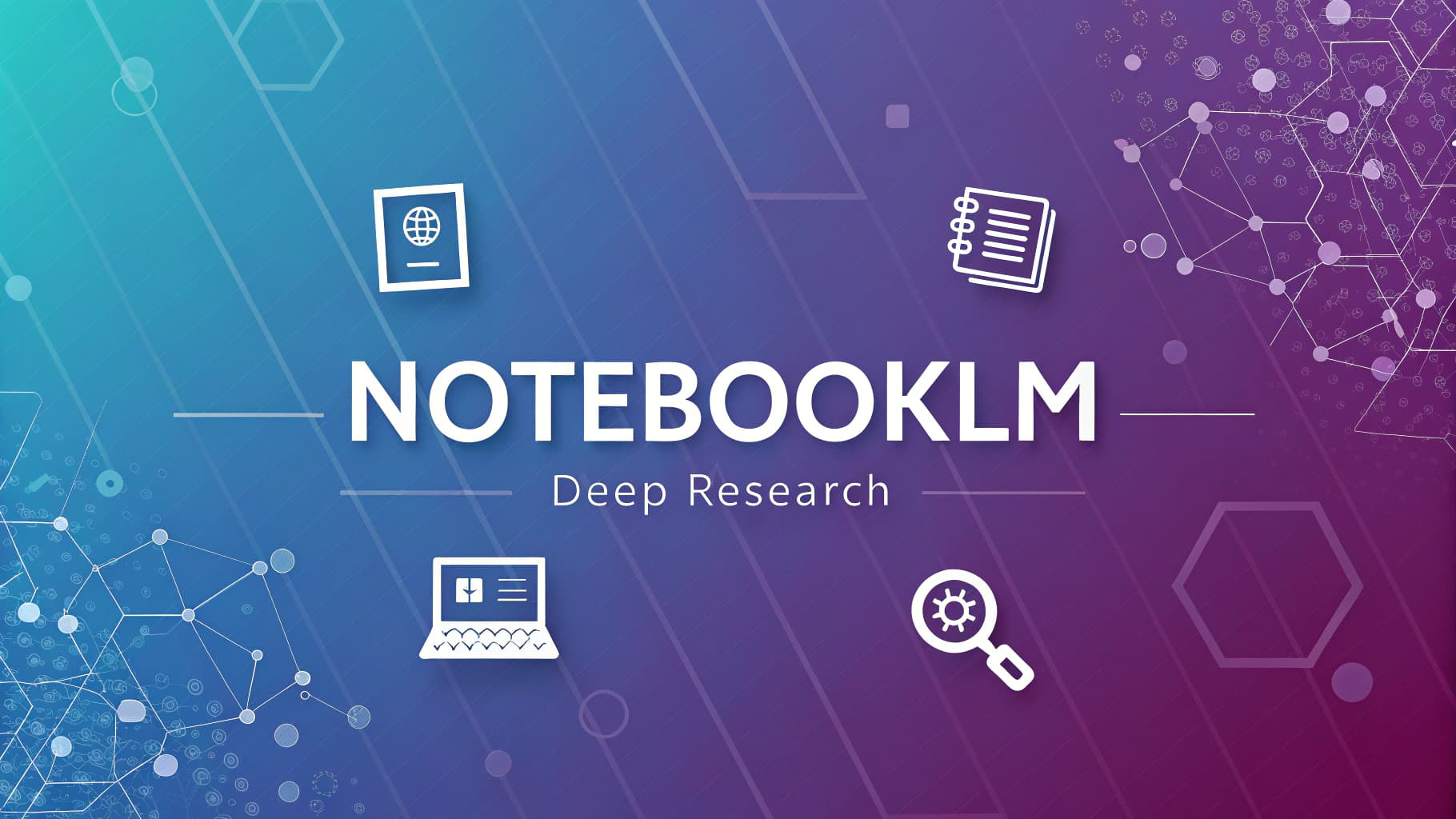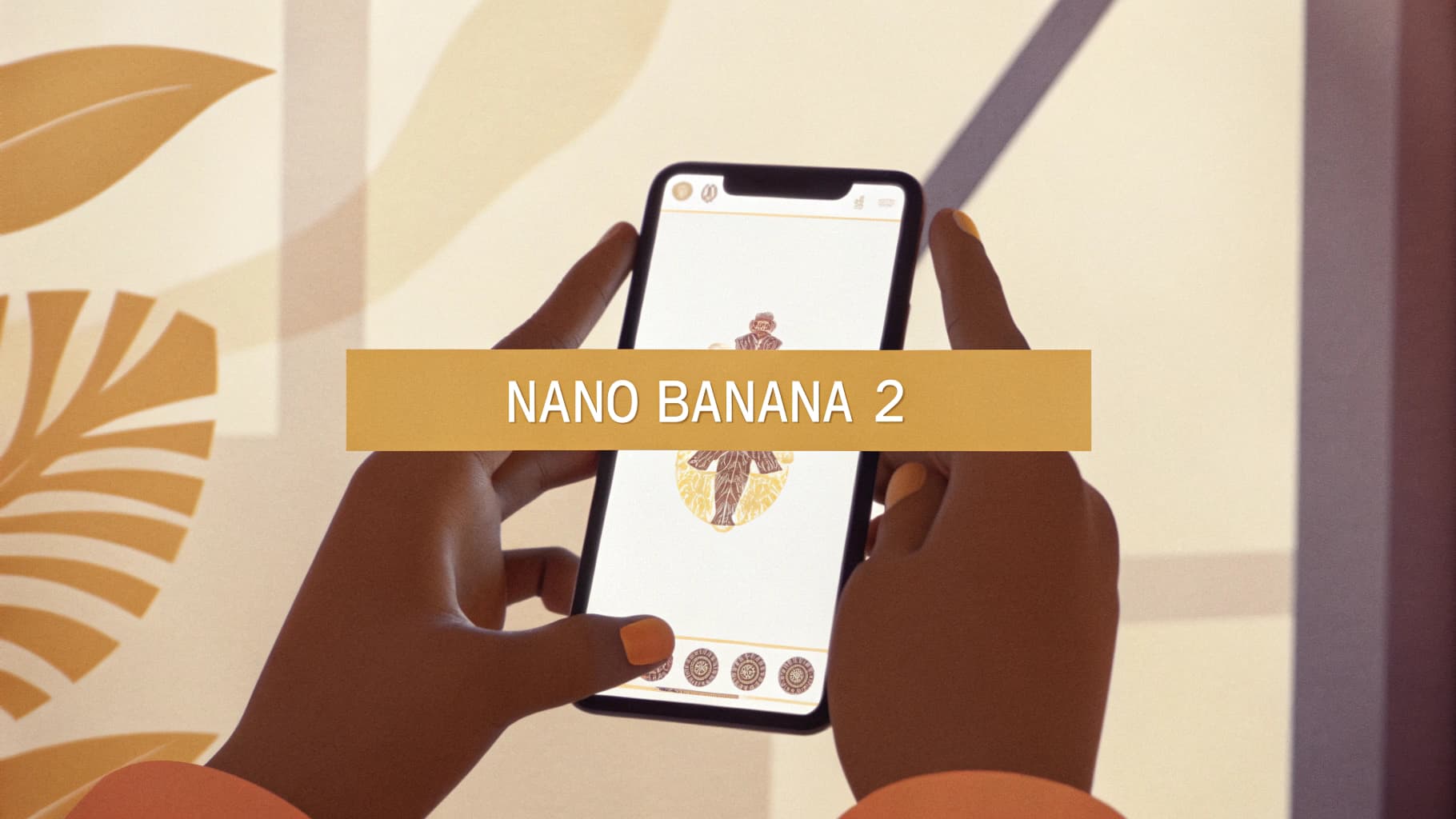
Google Agent2Agent (A2A) Protocol: Connecting AI Agents
One of the significant developments we see today in the field of Artificial Intelligence is what Google recently revealed with the launch of its Agent2Agent (A2A) protocol.
The revolutionary idea here is to enable the different AI applications used by companies to “talk” to each other and “collaborate” to accomplish tasks faster and more intelligently.
What Problem Does A2A Solve?
Companies rely on numerous AI tools (“smart assistants” or “agents”) to automate various tasks, such as customer service, inventory management, or even recruitment.
But the major problem is that each “smart agent” often works in isolation, like it’s on a secluded island, unable to communicate with other agents, especially if they are from different software companies.
But the major problem is that each “smart agent” often works in isolation, like it’s on a secluded island, unable to communicate with other agents, especially if they are from different software companies.
This situation forces companies to build complex and costly software integrations between these systems, or leave gaps in workflows that require human intervention.
What is Agent2Agent (A2A)?
We can consider A2A as a “common language” or a “universal translator” that allows these different smart agents to understand and talk to each other, even if they come from different “nationalities” (companies) and speak different “dialects” (software).
It is a set of open and publicly available rules designed to enable these tools to:
1. Recognize each other: Each agent can present an “ID card” (called an Agent Card) detailing the tasks it excels at.
2. Exchange and coordinate tasks: An agent can request help from another agent to complete part of a complex task, and they collaborate to finish it.
3. Work as a team: A group of agents can work together step-by-step to complete an entire process requiring diverse expertise.
4. Speak to the user with one voice: Even if multiple agents participate in providing you a service, they will work together to make the experience seem seamless and unified.
And because A2A relies on well-known web technologies (like HTTP and JSON), implementing and integrating it into existing systems is relatively easy for developers.
✓
✓
Remote Agent
✓
✗
Client Agent
Secure
Collaboration
Task and
State Management
User Experience
Negotiation
Capability
Discovery
Why is This So Important?
As we previously explained, the importance of A2A lies in its ability to break down barriers between AI systems.
This means:
1. Higher efficiency: Instead of manual processes or temporary workarounds, different systems can automatically collaborate to complete tasks faster.
2. Lower cost: No need to spend large sums on building custom integration solutions for every pair of separate systems.
3. Faster innovation: Companies can combine the best smart tools from various vendors to make their operations more effective.
4. Better customer and employee experience: When systems work together seamlessly, service is faster and more accurate.
Practical Examples for Clarification
To convey the idea better, I'll present two practical examples.
1. A small scope, like a hiring process:
A hiring manager can ask their smart agent to search for candidates with specific qualifications.
This agent, using A2A, communicates with another agent specialized in searching candidate databases, then communicates with a third agent to schedule interviews, and perhaps a fourth agent to conduct background checks later.
2. A larger scope, like shipping:
An agent specializing in the supply chain will monitor shipment delays. Then, another agent from the customer service department analyzes the number of affected customers, while a third agent from operations reschedules deliveries.
All these operations are carried out with automatic and seamless coordination, thus saving time and effort.
Therefore, A2A represents a significant step towards what is known as "Coordinated Corporate Intelligence."
Instead of having separate AI systems within the company, they can all be connected to become a single collaborative network.
Companies that start exploring and implementing this protocol will be better positioned to leverage the immense potential of "Collaborative AI."
Industry Trend Towards Google's Protocol
In conclusion, what further increases the importance of A2A is the significant support it has received since its launch.
More than 50 major technology companies, including Salesforce, SAP, ServiceNow, MongoDB, and many others, as well as global consulting firms like Deloitte and Accenture, have announced their support for this protocol.
This indicates an industry trend towards adopting this "common language."
According to analysis from Deloitte, A2A is expected to contribute significantly to reducing system integration costs, along with speeding up response times and improving user experience.
What's also special is that A2A is open-source. This means any developer or company can use it, see how it works, and even contribute to its development and improvement for free.
Therefore, we are certain to see further improvements to this system in the future.




